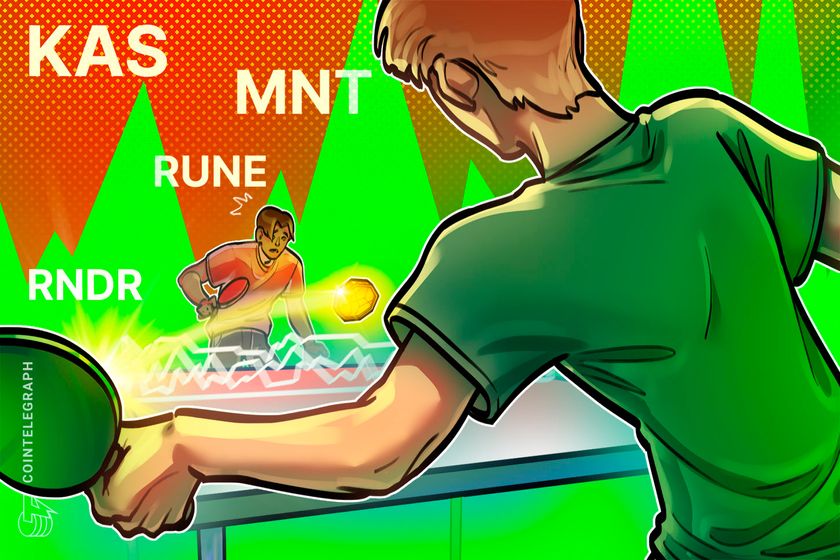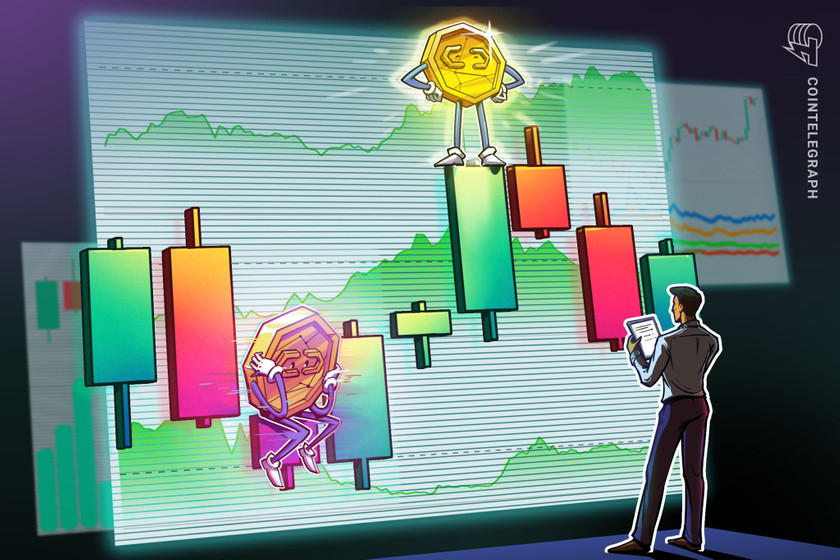Bitcoin price surge toward $40K boosts sentiment in KAS, RUNE, MNT and RNDR


Bitcoin’s recent rally toward $40,000 could further fuel traders’ bullish sentiment for KAS, RUNE, MNT and RNDR.
Bitcoin (BTC) finally broke above the formidable resistance of $38,000 in the past week and marched closer to $40,000.
The major tailwind for Bitcoin is the expectation that the United States Securities and Exchange Commission (SEC) will approve a spot Bitcoin exchange-traded fund as early as January. Swan Bitcoin CEO Cory Klippsten said in an interview with Bloomberg that the window for the approval for the spot Bitcoin ETF “seems to have been narrowed to January 8th, 9th, or 10th.”


Several analysts expect Bitcoin’s price to soar after one or more spot Bitcoin ETFs are greenlighted.
Could Bitcoin’s rise near $40,000 boost buying in altcoins? Let’s look at the charts of the top 5 cryptocurrencies that may attract investors.
Bitcoin price analysis
Bitcoin rose and closed above the overhead resistance of $37,980 on Dec.













